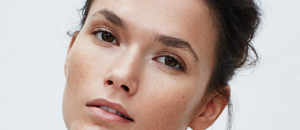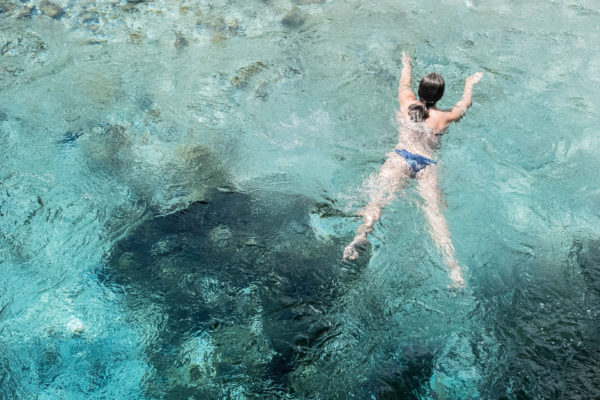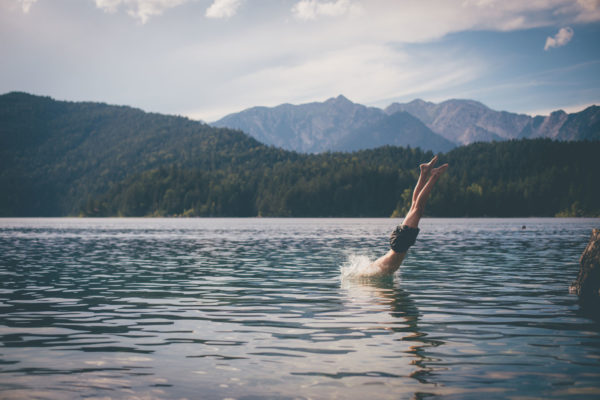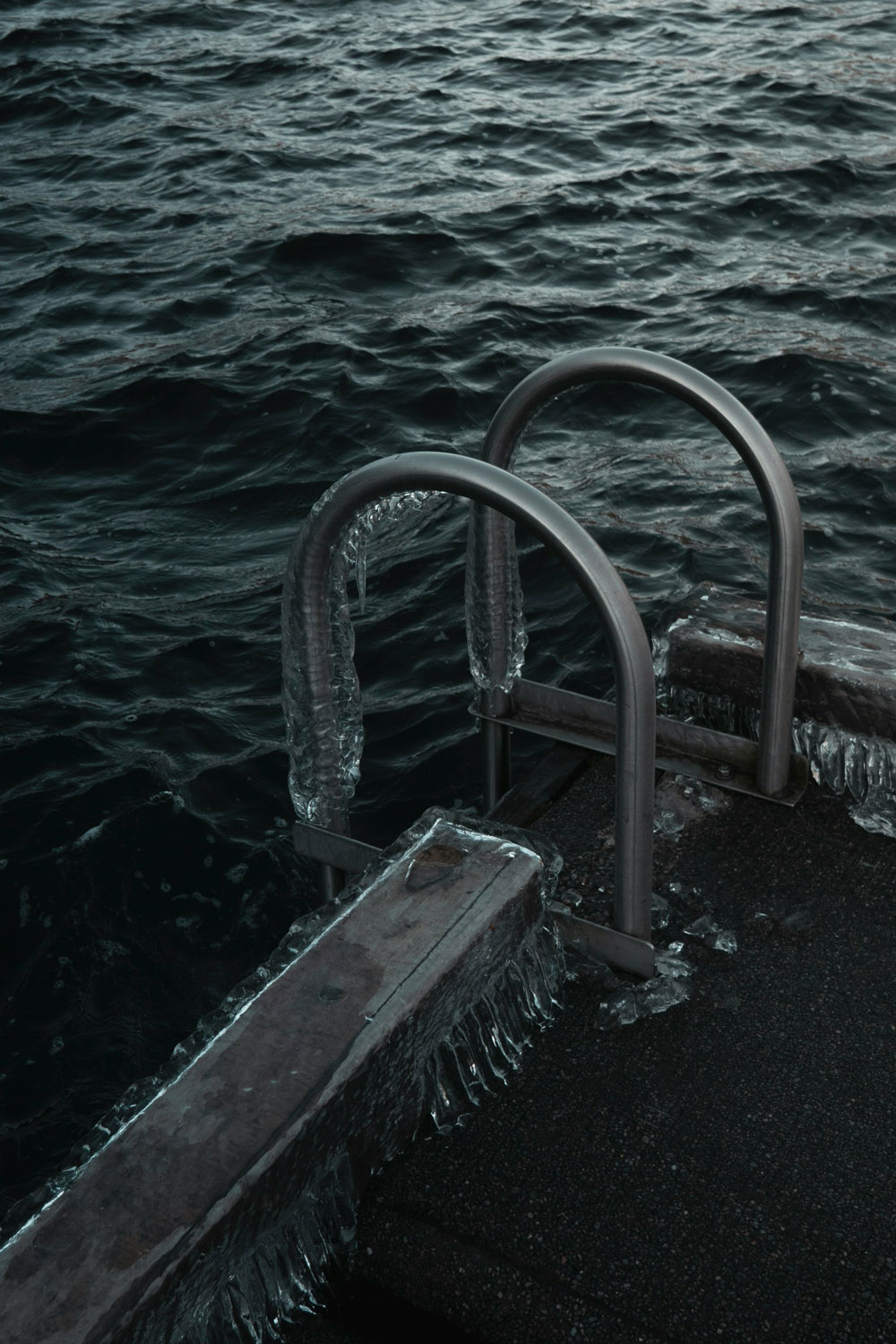
Is Cold Water Therapy Safe?
By
10 months ago
Know the facts before taking the plunge
Cold water therapy is one of the buzziest wellness trends of the moment. The practice has an endless string of A-list fans, including many figures from the sports world, from David Beckham to Joe Wicks, as well as one of its biggest advocates, Dutch-born extreme athlete Wim Hof. It’s widely offered as a treatment at spas – and there are even entire retreats dedicated to icy immersion.
Devotees report physical benefits ranging from boosted immunity to reduced muscle pain, as well as mental health perks such as improved mood. But plunging the body into freezing temperatures is not without its risks, and a recent spate of tragic incidents has prompted charities and academics to call for better regulation and increased awareness about the dangers. Here’s everything you need to know before trying it.
Cold Water Therapy: Benefits & Risks
What Is Cold Water Therapy?
Also known as cold immersion therapy or hydrotherapy, cold water therapy is the practice of totally or partially submerging yourself in cold water. The exact temperatures of the water varies, but generally it’s between 10 and 15°C (for context, the cold water that comes out of your tap is around 15°C). Examples include having a cold shower, going for an outdoor swim in a lake or a river, or braving an ice bath. The length of immersion varies, but usually it’s only for a few minutes at a time.
What Are The Health Benefits?
May support muscle recovery
There’s research to suggest cold water can help reduce muscle pain caused by exercise. A 2016 study in Medicine, for example, found participants who immersed themselves in a cold water pool following a bout of exercise reported less muscle soreness than those who didn’t undergo hydrotherapy.
Can reduce stress
Many cold water therapy advocates rave about the mental health benefits, such as stress reduction and improved mood and productivity. This is a result of the sudden surge in adrenaline, noradrenaline and cortisol which spikes immediately after immersion. The evidence surrounding this is mainly anecdotal, however there is a small amount of research to support it. In a small 2023 study published in Biology, for instance, participants reported feeling more inspired, alert and attentive after a five-minute session in a cold bath – which was reflected in brain scans taken before and after the therapy.
May boost the immune system
There’s some scientific evidence to suggest cold water therapy has a positive effect on the immune system. This Dutch study, which included 3,000 participants, found that people who took a daily cold shower (after a warm shower) called in sick to work 29 percent less than those who only had a warm shower.
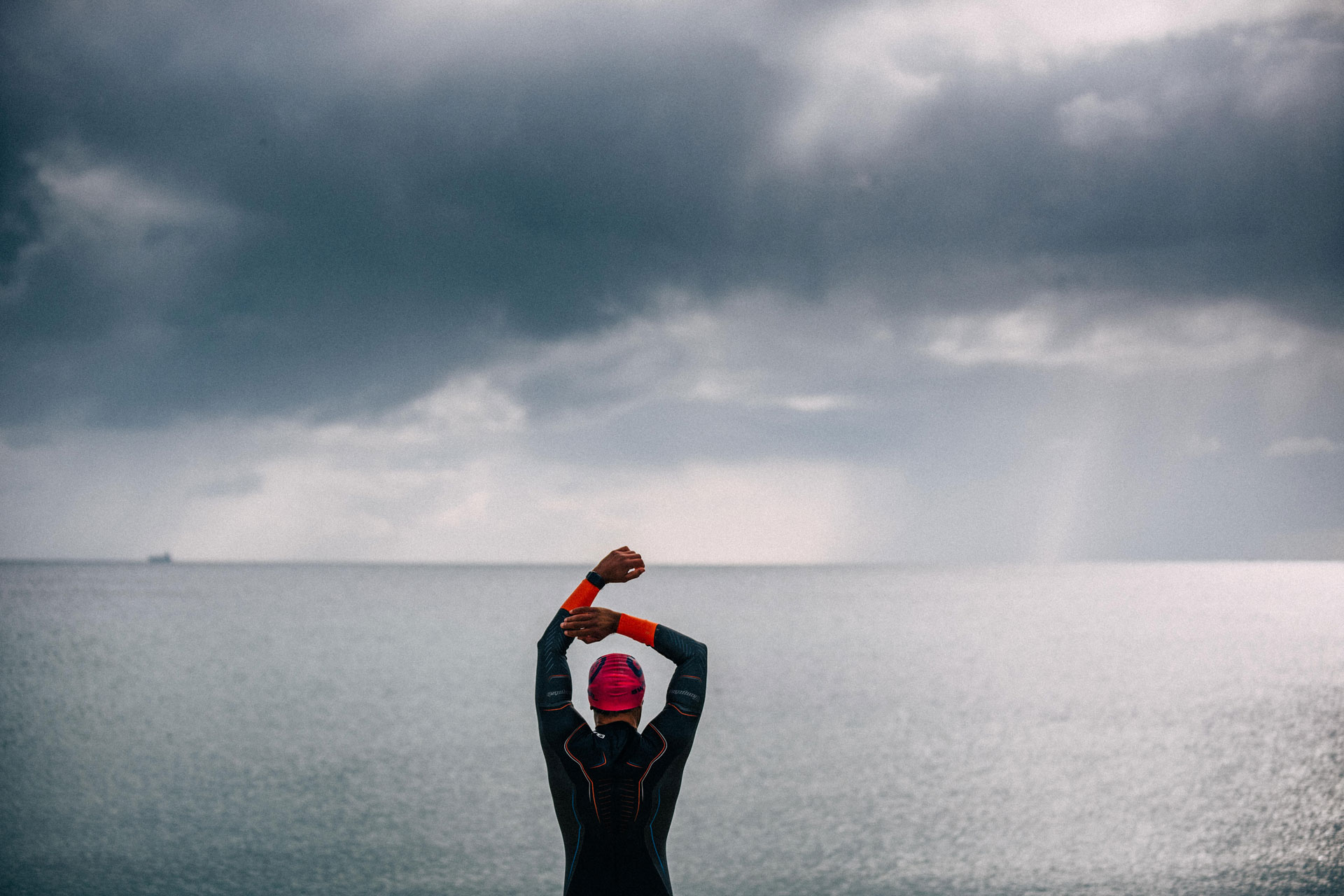
What Are The Risks?
Cold water puts the body under stress, which poses health risks. As the BUPA website explains, plunging the body into cold water can trigger a sudden increase in heart rate and breathing – known as the cold shock response – which can be dangerous and even fatal. It can also cause arrhythmias (heart rhythm disorders), and hypothermia, when your core temperature gets too cold.
How To Stay Safe
Get a health check first
Some of the risks of cold water therapy are more likely if you have an underlying medical condition, such as a heart problem or asthma. It is not recommended for pregnant women, or people with high blood pressure, diabetes or epilepsy. Make an appointment with your GP first to discuss your health and whether it’s suitable for you.
Build up gradually
Start small to test your body’s response to cold water, and build up carefully and slowly. BUPA says: ‘Building up sessions gradually can help your body to adapt to the cold and lessen the risk of cold water shock.’ It recommends trying a cold shower first, gradually reducing the temperature and increasing the length of time spent in the cold water.
Join a group
If you’re keen to try outdoor swimming, don’t go alone. Find an organised group, which will be supervised by experts – and go in the summer first, when the water temperature is more forgiving.
Invest in the right kit
Sea swimmers: get yourself a wetsuit, as well as neoprene gloves and boots to protect your feet.
Warm up carefully afterwards
After an outdoor dip, BUPA recommends: ‘Warm up gradually by removing wet clothes, drying yourself and dressing in warm layers. Having a warm drink and something to eat (preferably sweet) can help. Don’t have a hot bath or shower, as the sudden change in temperature can be dangerous.’


